Making Stinging Nettle Tea
Making Stinging Nettle Tea
Stinging nettle tea is a staple of wilderness living. The tea is easy to make and the ingredients are bountiful at this time of year. Read on to learn more about how to make stinging nettle tea. As always, please feel free to read the whole blog or skip to the section that interests you the most.
- Why make stinging nettle tea
- Best time to forage for stinging nettles
- What to look for when picking stinging nettles
- Making stinging nettle tea
- Further reading
Join our weekend bushcraft course and learn the art of fire lighting, shelter building, water sourcing and more.
Click here to learn more.
Why make stinging nettle tea?
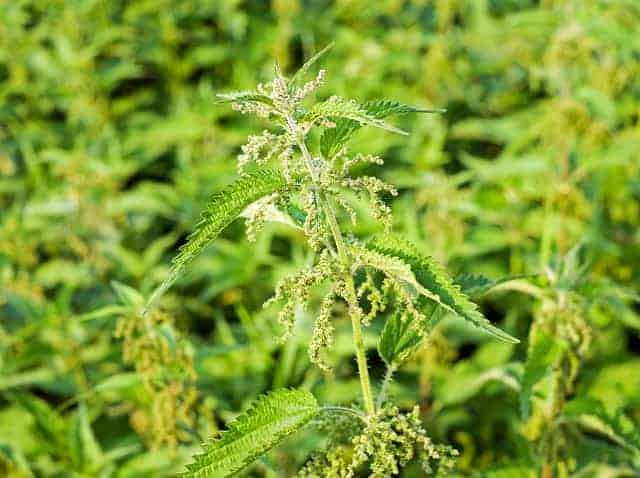
Stinging nettles have been used by native peoples for a variety of uses throughout history. Native Americans harvested nettles and used them for food in spring when other sources of food were scarce. In the UK, the nettle was one of nine plants mentioned in the ‘Nine Herbs Charm’. An Anglo-Saxon charm aimed at treating poisoning and infection. Stinging nettles are also thought to promote lactation, stimulate hair follicles, treat kidney disorders, reduce joint pain and even act as a remedy against hay fever.
Best time to forage for stinging nettles
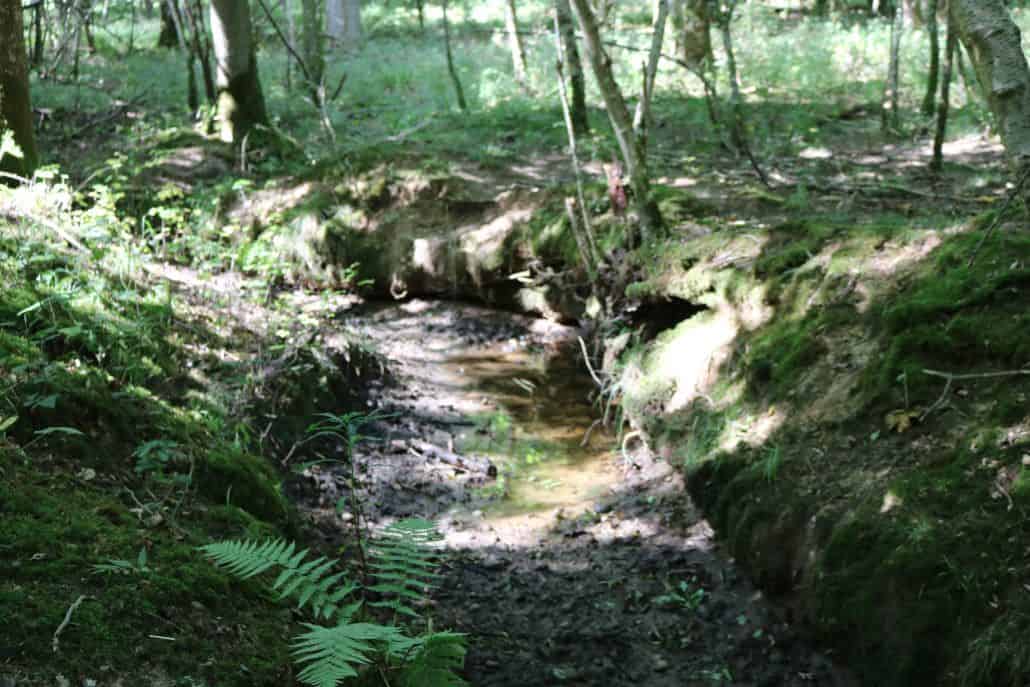
When foraging for stinging nettles to make stinging nettle tea it is best to pick the leaves before they flower. When making stinging nettle tea, go for the leaves that are the youngest and therefore the most tender. This makes spring a great time to start foraging for stinging nettles. If you would like to know more about foraging, as well as other uses for stinging nettles read our blog Start Your Spring Foraging.
Sign up to receive bushcraft tips, advice, and news
What to look for when picking stinging nettles
Nettles are very high in vitamins A & D, particularly the younger leaves. When picking stinging nettles for stinging nettle tea it is best to pick the younger and fresher leaves. Don’t forget that when picking nettles, as with foraging for anything, don’t take more than you need and don’t take regularly from the same area of plants.
It is best to choose nettles that are further away from the beaten path and higher off the floor than might make them popular for animals to relieve themselves on!
Join our weekend bushcraft course and learn the art of fire lighting, shelter building, water sourcing and more.
Click here to learn more.
Making stinging nettle tea
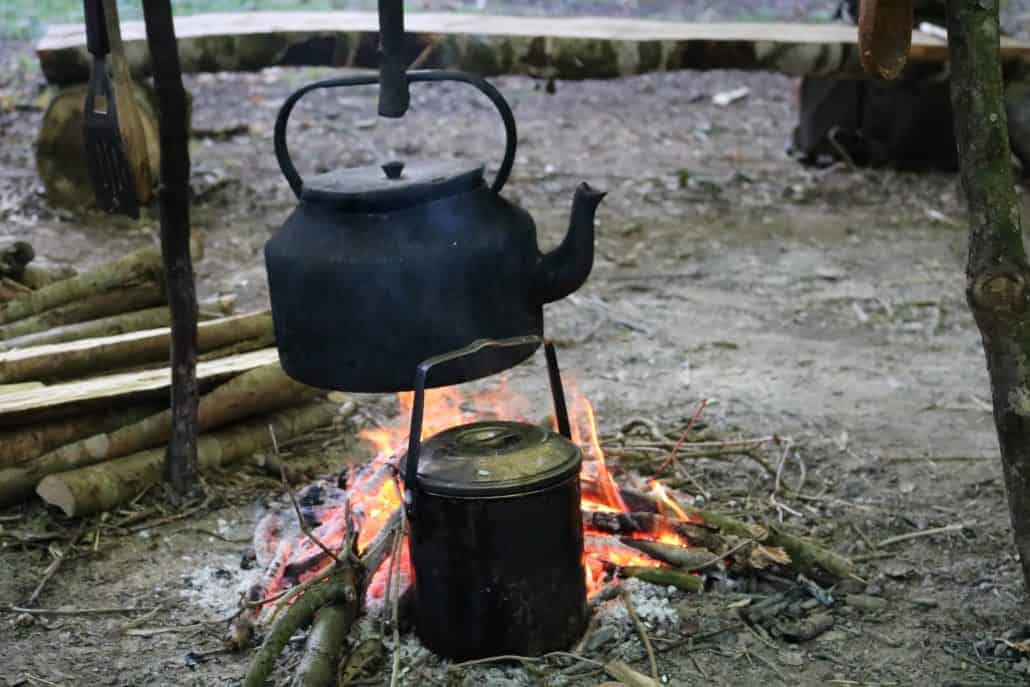
Making stinging nettle tea is a very easy business. You will need about one cup of nettle leaves for every two cups of water. Simply add the nettle leaves to the water and bring to the boil. The tea can be made stronger or weaker by adding more, or less, water. Once the water has been simmering for a few minutes strain the mixture into a cup, being sure that no nettles go through the strainer. Once the mixture is prepared it can be drunk straight away.
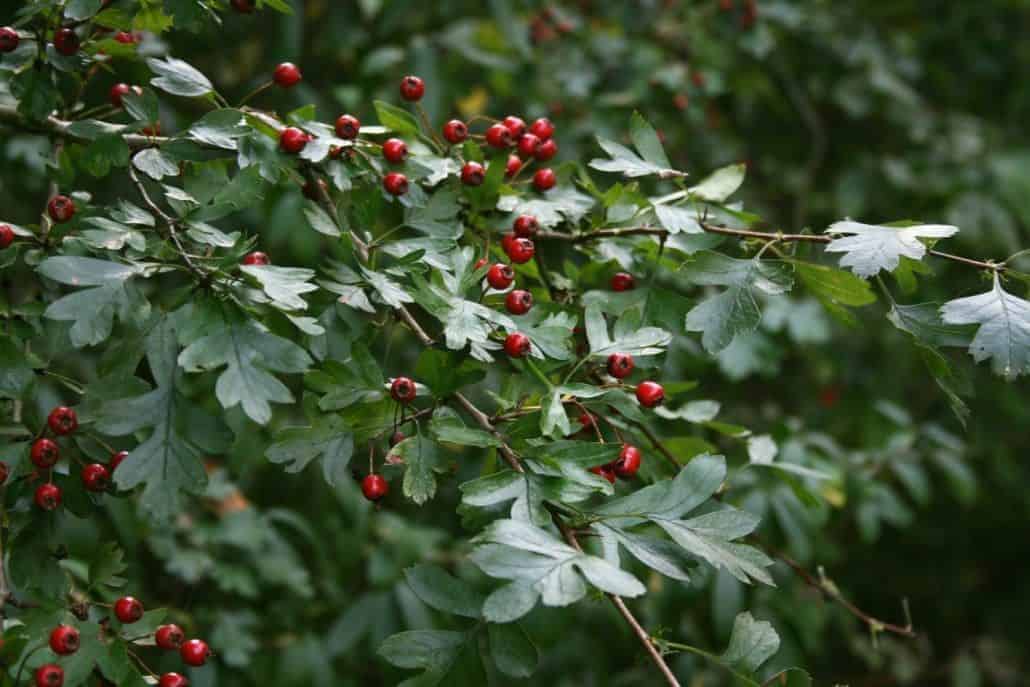
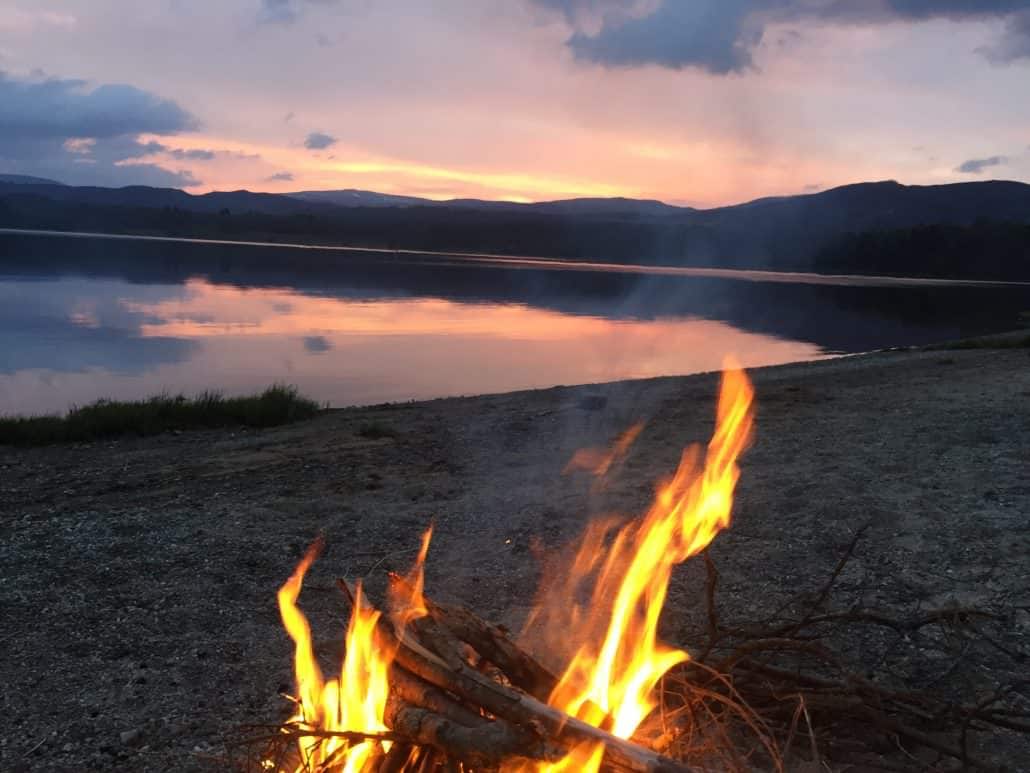
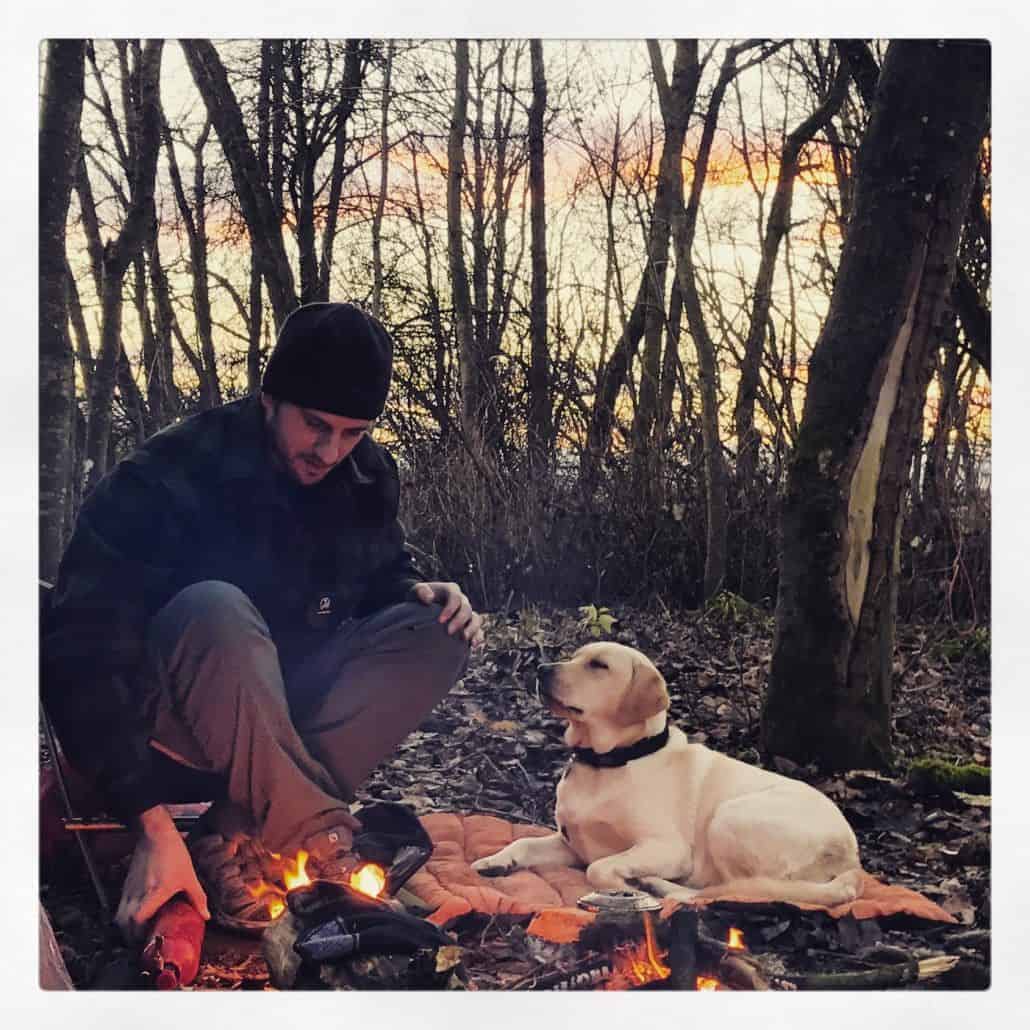

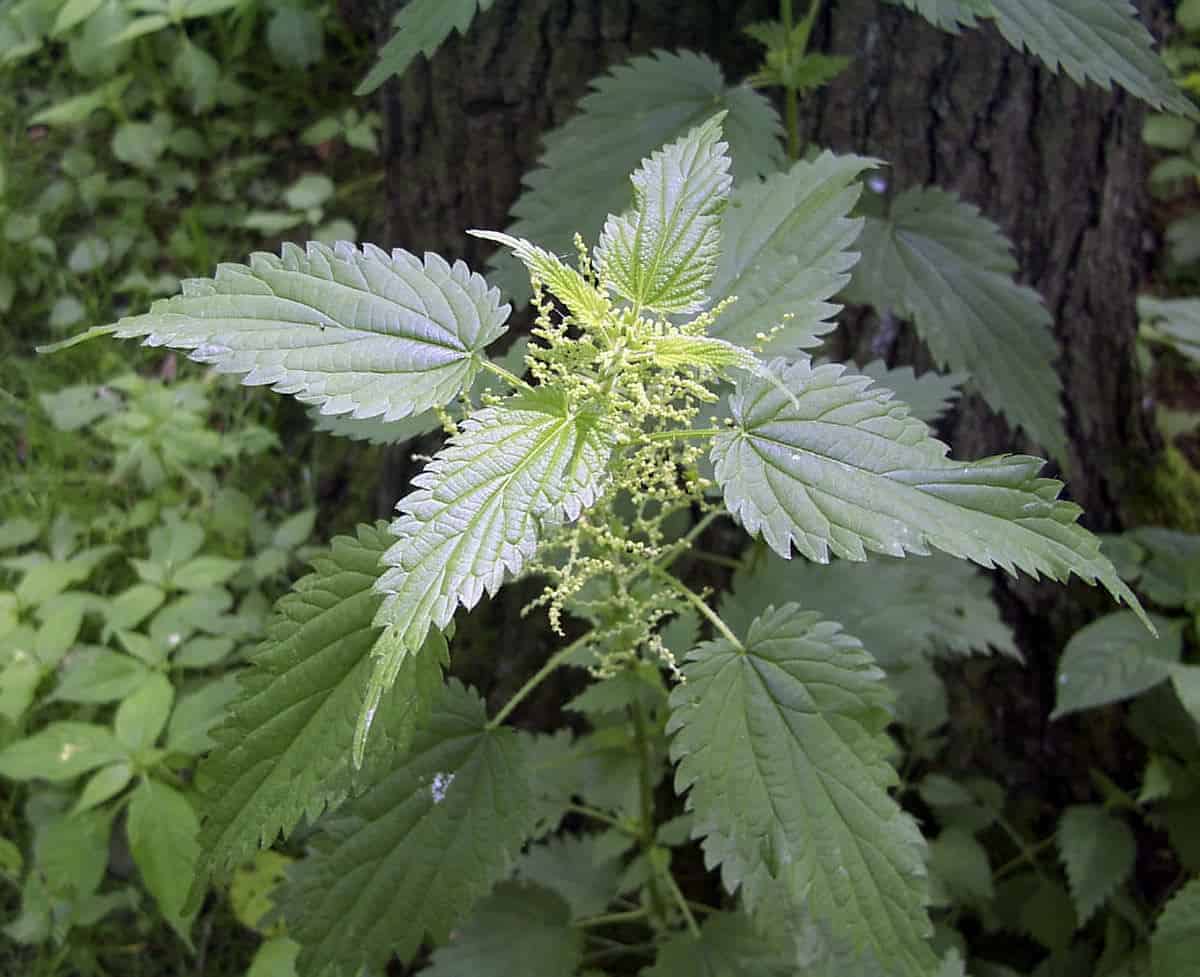
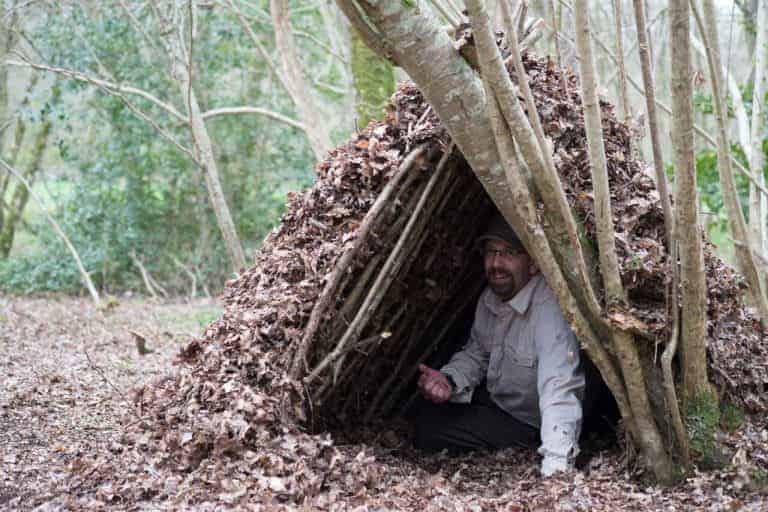

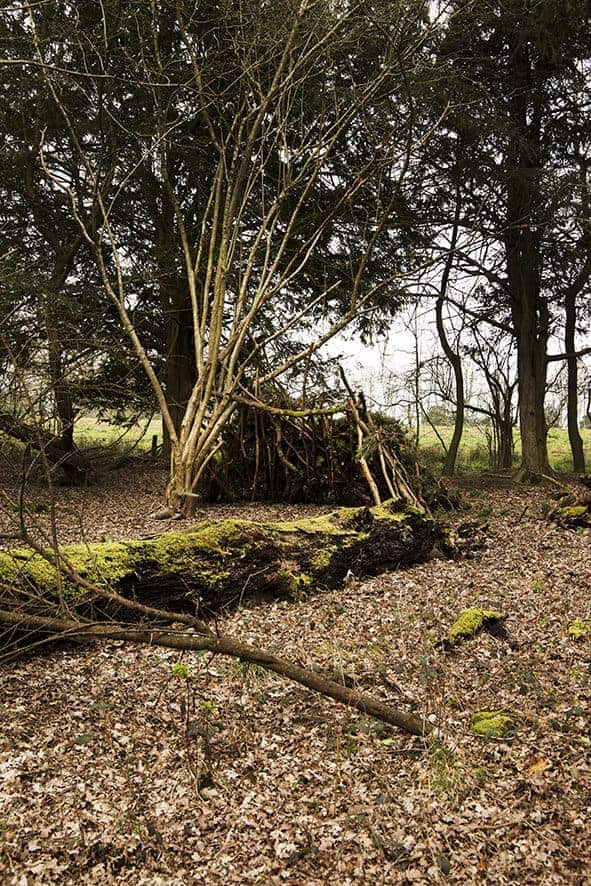

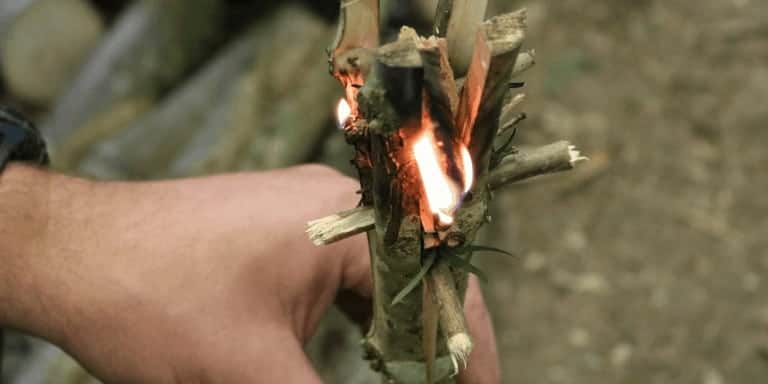
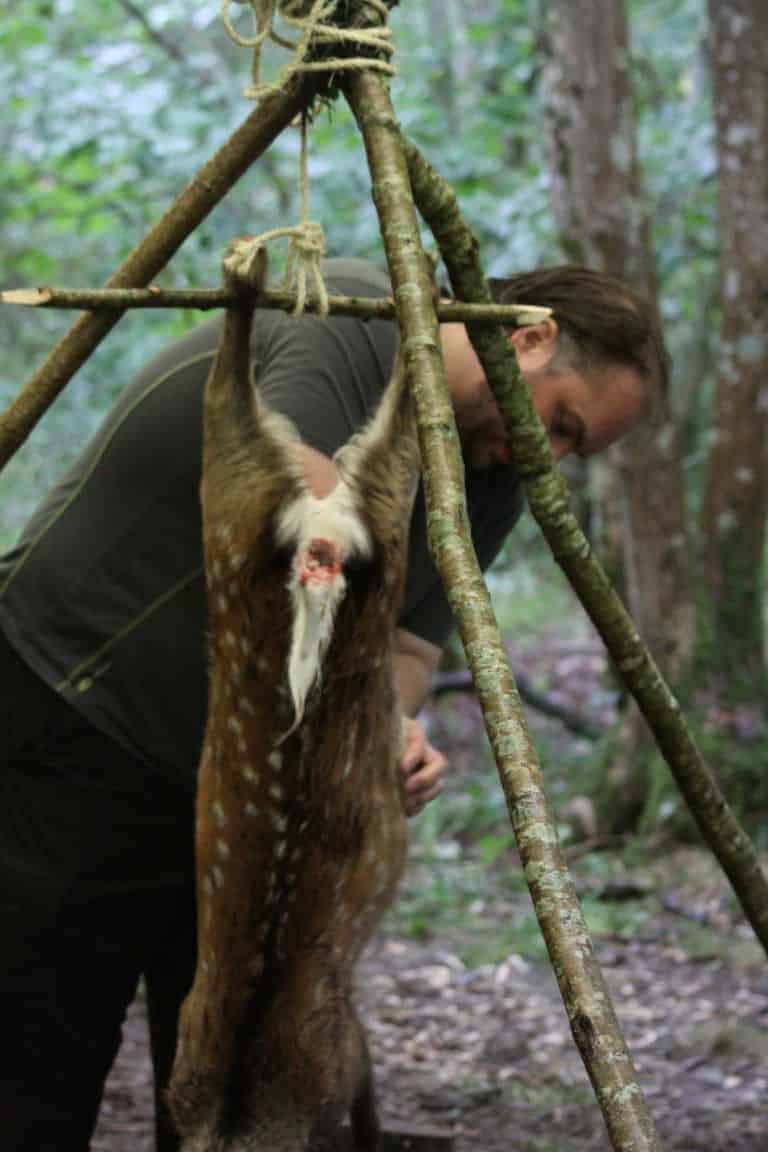
Thank you for your post about Nettles. I just partially tore a bunch of muscles in my bottom, doing yoga, and it hurts! As an herbalist & wildcrafter in training, I went to my woods, with the intention of finding something to help. I gathered Bull Thistle, yet knew nothing about it. I followed my instincts! Now, I’ve read that herb is just what I need for my acute situation, and my long term bone ans arthritis issues. I wish that I could take your course. I’m loving wildcrafting here in New Jersey, USA, near Philadephia. Best wishes! Laura
Indeed, making stinging nettle tea is a very easy business, but such an efficient one! I trully believe that stinging nettle is a wonder plant that helps us, support us in so many ways. Even if I like stinging nettle tea a lot, I love stinging nettle smoothie and stinging nettle soup with a bit of garlic – ahhh, I just wait for next spring!!